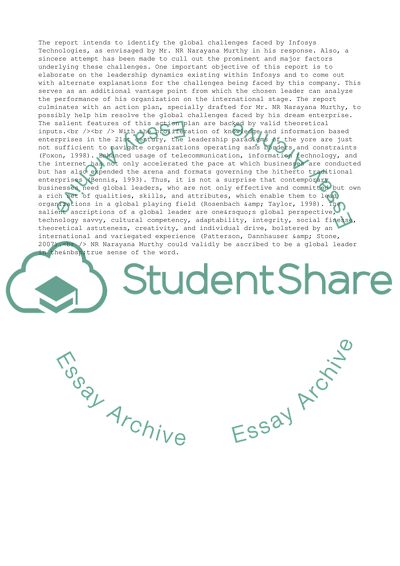Cite this document
(Global Vision and Emerging Challenges Term Paper, n.d.)
Global Vision and Emerging Challenges Term Paper. Retrieved from https://studentshare.org/management/1570552-organizational-diagnosis
Global Vision and Emerging Challenges Term Paper. Retrieved from https://studentshare.org/management/1570552-organizational-diagnosis
(Global Vision and Emerging Challenges Term Paper)
Global Vision and Emerging Challenges Term Paper. https://studentshare.org/management/1570552-organizational-diagnosis.
Global Vision and Emerging Challenges Term Paper. https://studentshare.org/management/1570552-organizational-diagnosis.
“Global Vision and Emerging Challenges Term Paper”. https://studentshare.org/management/1570552-organizational-diagnosis.


